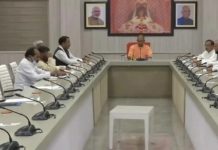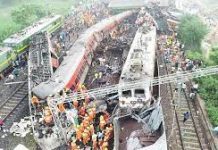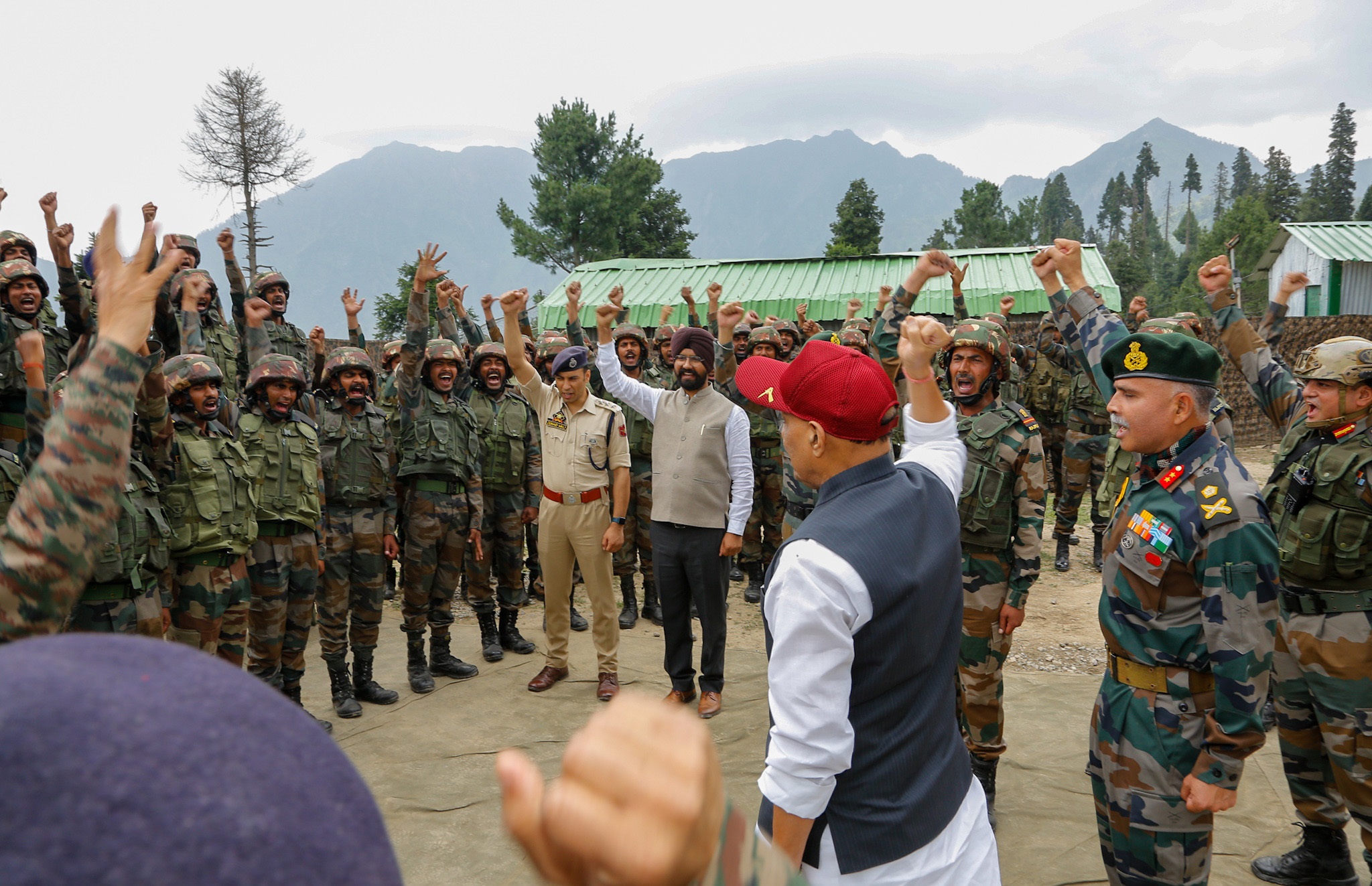
Redrawing of the electoral constituencies and handing over six of the seven constituencies to the Jammu division and only one to the Kashmir division has brought about parity in the political weight of the two regions like never before. A report by Riyaz Wani
With the completion of the contentious Delimitation Commission, Jammu and Kashmir is looking forward to Assembly elections to be possibly held later this year. Although the centre is yet to take a call on the timing of the election, Defence Minister Rajnath Singh said during his recent visit to the union territory that the decks had been cleared to hold the exercise by the end of this year.
“I think the electoral exercise may also commence by the end of this year. There is a strong possibility,” Singh said at a function organised to mark 200 years of the coronation of Maharaja Gulab Singh, the first Dogra ruler of the princely state of J&K.
Singh’s tentative timeline came two days after the Election Commission started the process to revise the electoral rolls for the union territory. The process to prepare the draft rolls will be completed by August 31, setting potentially the stage for elections.
J&K has not had an elected government since June 2018 when Governor’s rule was imposed after the PDP-led coalition government lost its majority following the withdrawal of support by the BJP. The last three years have witnessed a drastic political makeover of the state-turned-union territory, so much so that in many aspects, the current J&K bears little resemblance to what it was pre-August 2019.
Change of guard in the offing?
Meanwhile, the centre is reportedly planning to replace the J&K Governor Manoj Sinha with senior BJP leader Mukhtar Abbas Naqvi. The news agency IANS reported that Naqvi had “finally emerged as the top choice for the Lt Governor`s post in J&K after the growing concern in New Delhi over the recent targeted killings and its eagerness to have a democratically elected government in office sooner than later”
This has been cited as the reason for the BJP not fielding Naqvi in the recent Rajya Sabha polls. Should this happen, people are likely to read this as a sort of political outreach considering Naqvi will be the first-ever Muslim Governor of J&K, India’s only Muslim-majority region. And the likely change of guard acquires further resonance when squared up against the BJP’s longstanding agenda to work for the election of a Hindu chief minister for the region. Whether this agenda would be implemented remains to be seen.
Some chinks in PAGD ranks
The People’s Alliance for Gupkar Declaration (PAGD) has already indicated that it will contest the future Assembly elections jointly. Although the alliance includes four parties – the National Conference, the PDP, Communist Party, and Awami National Conference – the first two parties have the largest support bases giving the alliance a good chance to emerge as a majority.
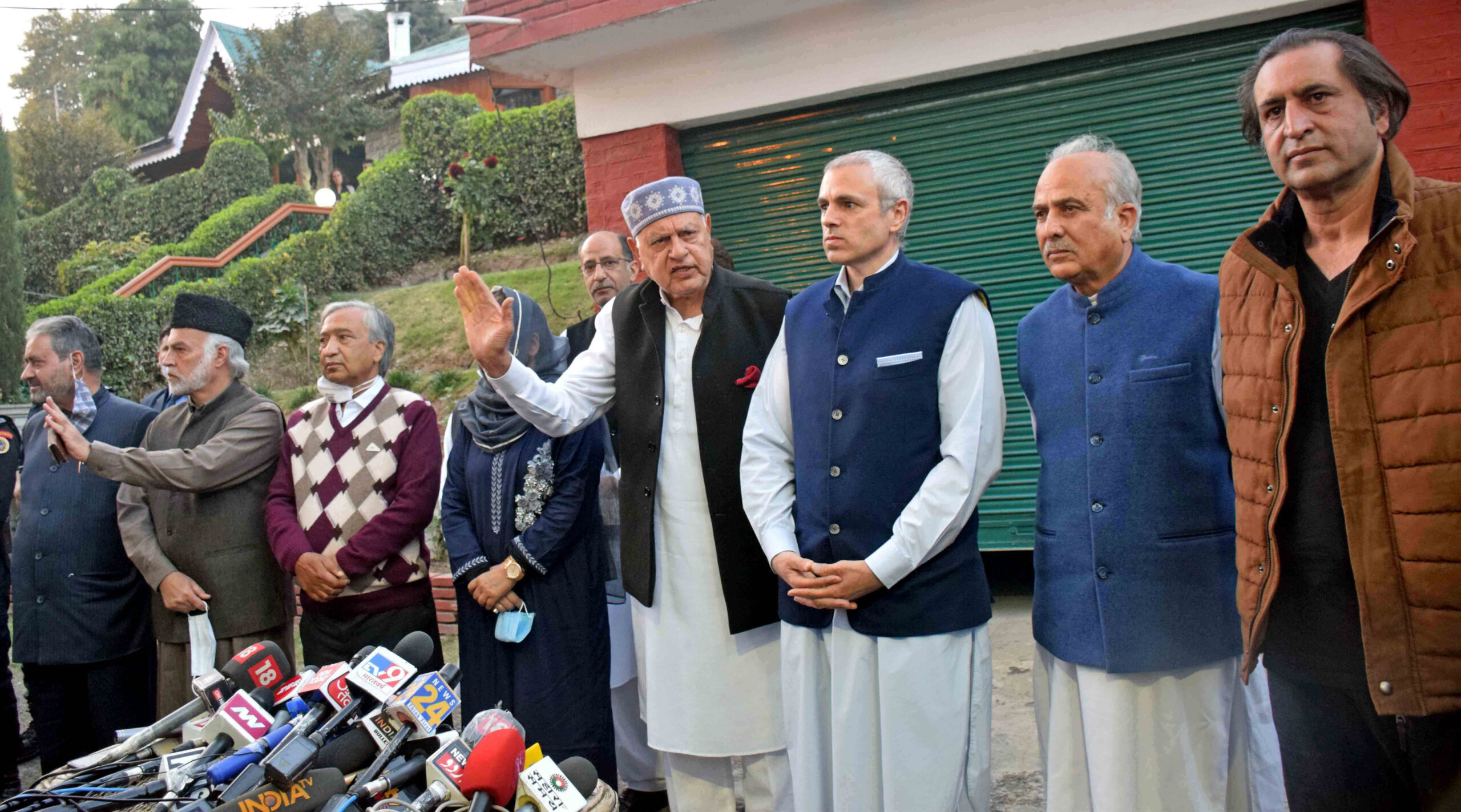
Speaking to the media in May, former J&K Chief Minister and the NC working president Omar Abdullah made a case for the PAGD fighting elections together to keep the BJP and what he called its “B and C parties” away from grabbing power.
Later, the PDP leader Mehbooba Mufti expressed a similar sentiment. “When you look at the larger picture, larger interests of the state we need to do whatever is to be done, whatever is required, to stand up to the onslaught by the BJP government against Jammu and Kashmir,” Mufti said. “We need to stay together, whether during elections or otherwise.”
However, the parties have yet to formally make an announcement. And they may not do it before the polls are announced in the weeks or months ahead. Though it may appear logical for the alliance to decide to contest jointly, their experience doing this during the District Development Council polls doesn’t inspire much confidence. The parties squabbled with one another over seat-sharing and later also fielded proxy candidates against each other. Though the PAGD managed to win a majority of seats in the DDC elections, the bickering caused a bad blood among the partners.
Soon after the elections were over, the People’s Conference led by Sajjad Gani Lone quit the PAGD citing the issue of proxy candidates. Or so he claimed. Lone has since gone about strengthening his party in the north. Apni Party is another political outfit which was formed in the wake of the withdrawal of J&K autonomy and is perceived to be close to the BJP, though its leader Altaf Bukhari has sought to distance himself from the saffron party.
It is therefore difficult to predict how things will eventually pan out. Redrawing of the electoral constituencies and handing over six of the seven constituencies to the Jammu division and only one to the Kashmir division has brought about parity in the political weight of the two regions. This has altered the political landscape of J&K like never before. It could very well pave the way for a future chief minister who is from Jammu.
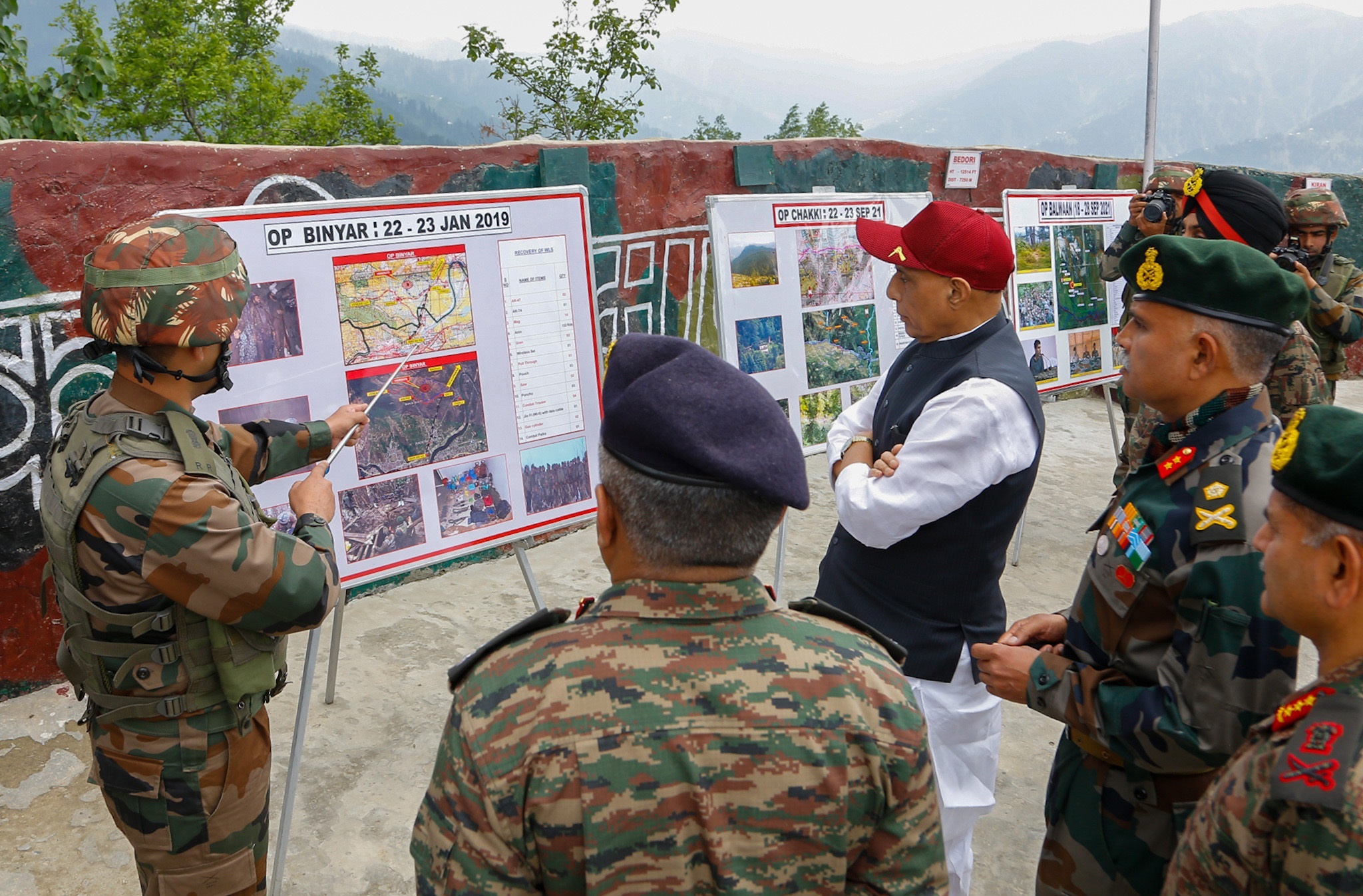
Or alternatively, an ideal arrangement from the BJP’s point of view would be a government dominated by the party, whose chances following the delimitation of seats look brighter. Or, at least, a government of the party or parties which have reconciled to the loss of the autonomy as a fait accompli. And such a scenario looks very much feasible. Over the last three years, the centre has successfully formed parties which if not directly toeing its line would dare also not question it.
“As things stand, it looks unlikely that the centre would let any situation arise following the polls, that challenges its Kashmir project or threatens to reverse the gains made in recent years,” an editorial in a local daily read.
Statehood to come with riders
Would elections lead to restoration of statehood? That is what is expected. The centre has already made it clear that statehood would be granted only after an elected government is formed, staying short of giving a timeframe. So, this could take a longer time than expected. New Delhi has indicated it would see the performance and the behaviour of the elected government before it decides to restore statehood. It is expected that a government led or influenced by the BJP could pave the way for a faster return to statehood than a non-BJP government.
It is, however, not certain whether the statehood to be granted would be full or a truncated one – one that resembles a Delhi-type arrangement where the real power remains vested with the lieutenant governor. Such an arrangement would hardly be enough to make a redeeming difference to the existing state of affairs in J&K, as fundamentally there wouldn’t be much that would change on the ground.
“The centre’s main concern would be to discourage the possibility of formation of a government that aggressively plumps for restoration of Article 370,” said a political analyst who didn’t want to be identified. “And as things stand, it doesn’t seem likely that the situation would remarkably depart from the centre’s expectation.”









